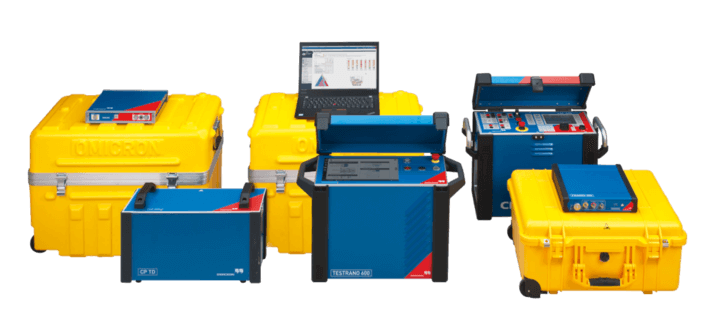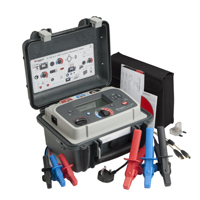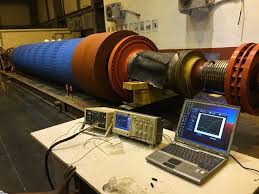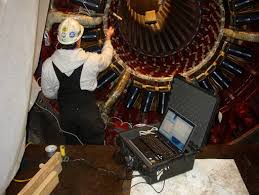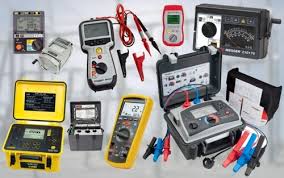Generator Testing & Diagnostic
OUR SERVICES
Generator Testing & Dignostic
Generator testing and diagnostics are essential to ensure the reliability, performance, and safety of generators used in power plants, industrial facilities, and other critical applications. These tests help identify potential issues early and prevent costly failures.
- Insulation Resistance (IR) Testing:
- Measures the quality of the insulation in stator windings.
- Detects moisture ingress, contamination, and insulation degradation.
- Winding Resistance Test:
- Identifies loose connections, damaged conductors, or high contact resistance in windings.
- Tan Delta (Dissipation Factor) Test:
- Assesses the condition of insulation by measuring dielectric losses.
- Helps detect insulation aging, contamination, or partial discharge activity.
Insulation Resistance Test & Polarization Index ( IR & PI )
The insulation resistance (IR), polarization index (PI) and dielectric absorption ratio (DAR) measurements are useful for checking machine windings for contamination and insulation deterioration. They are also useful for evaluating insulation integrity to ensure safe operation, as well as to check for moisture in the stator windings after a long standstill period.
For the insulation resistance measurement, a constant DC voltage is applied between the copper conductor and ground.
For determining the PI, the IR measurement is performed for 10 minutes. The PI is the ratio of the 10-minute reading divided by the 1 minute reading of the IR value. The DAR is also a ratio of two withstand values over time. Here one often uses the 60-second to 30-second value.
Compared to other phases or previous measurements, lower IR and PI (or DAR) values indicate possible weaknesses in the high-voltage insulation.
IEEE standard No. 43-2000 defines how these measurements should be performed and provides limits for the assessment of the results.
Stator winding, rotor winding, exciter winding, PMG

Winding Resistance Test
DC resistance measurements are performed, to detect possible contact problems in the stator and rotor windings of rotating electrical machines.
Connection problems can occur between single coils or bars of the winding or at the pole connectors in the rotor. They cause local hotspots, which can eventually damage the machine.
The typical origins of these faults include bad soldering contacts, which become weaker through operation, or loose connections as well as oxidized or damaged surfaces on machine pole connectors.
To measure DC resistance, the measuring instrument is connected to the outputs of the machine. The DC current and DC voltage are measured at the same time for each phase and the resistance is calculated.
The data shows a comparison between the phases to previous measurements. A variation indicates a potential contact problem.
For measurement of the contact resistance, e.g. on pole connectors, a high DC current is injected between the contacts. Also in this case, the measurement is compared with other measurements or with previous data.

Tan Delta Testing
Capacitance (C) and dissipation factor (DF/tan δ)/power factor (PF) measurements are conducted to identify defects, which affect the condition of the machine insulation. A healthy insulation is essential for safe operation.
Variations in C and DF/PF over time are often signs of partial discharges (PD) or insulation degradation. The trend data assists in determining the speed of insulation aging and to identify critical changes that may require further inspection.
In combination with a high-voltage source, the measurement instrument is connected to the machine’s terminals for either phase-to-ground measurements or a combined three-phase measurement if the star point is not accessible. Phase-to-phase measurements can be performed as well in order to check the end winding capacitance.
The DF/PF is usually measured over a specific voltage (U/Un) range during a tip up test. A typical starting voltage and step increment is 0.2 Un. Other steps and starting points, such as 0.1 Un can be chosen. A comparison is made either phase-to-phase or with previous measurements.
C and DF/PF measurements are defined by international standards.
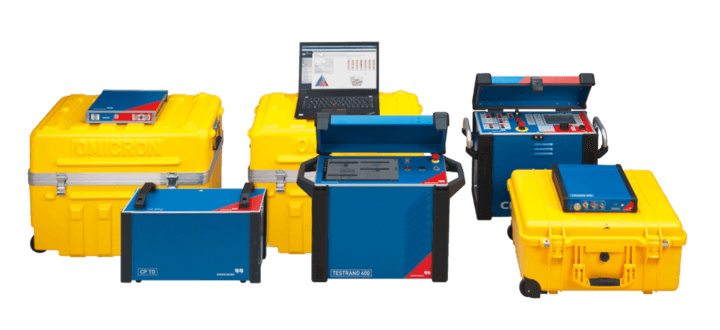
Partial Discharge Analysis (PDA) Testing
Partial discharge (PD) is a reliable parameter to assess the condition of insulation in rotating electrical machines. Partial discharges are electromagnetic impulses that occur in the insulation system of rotating machines, where the local electric field stress exceeds the local electrical strength. Depending on the type of PD activity, its appearance in correlation with the high-voltage signal allows an identification what kind of defect is present.
PD measurement is the only method that can differentiate between the different defects in the high-voltage insulation system without dismantling the machine. Even single faults within the insulation system can be identified and classified according to their criticality. With this information, potential weak spots can be identified long before they become a critical issue.
As the single phenomena have to be identified, a successful PD measurement in stator windings is based on the separation of the PD sources that often occur in parallel. They can either be harmful PD or normal PD occurrences and potential external noise

RSO
The RSO test is a testing technique used to detect shorted turns by inserting a high-frequency, low-voltage waveform at both ends of the winding , and evaluating the differences in the returning signals.
The RSO test is a safe (low voltage), sensitive and reliable method for detecting and locating faults in the windings of large generator rotors.
NFT
Natural Frequency test on End Winding: To assess the mechanical integrity of the Generator end winding, Natural frequency test is performed in order to determine the natural frequency response of individual loops in the radial and axial directions.
We are involved in offering excellent quality Natural Frequency Test (NFT) on Turbine Blades to our most valued clients. Our offered Natural Frequency Test.
Testing Kits
